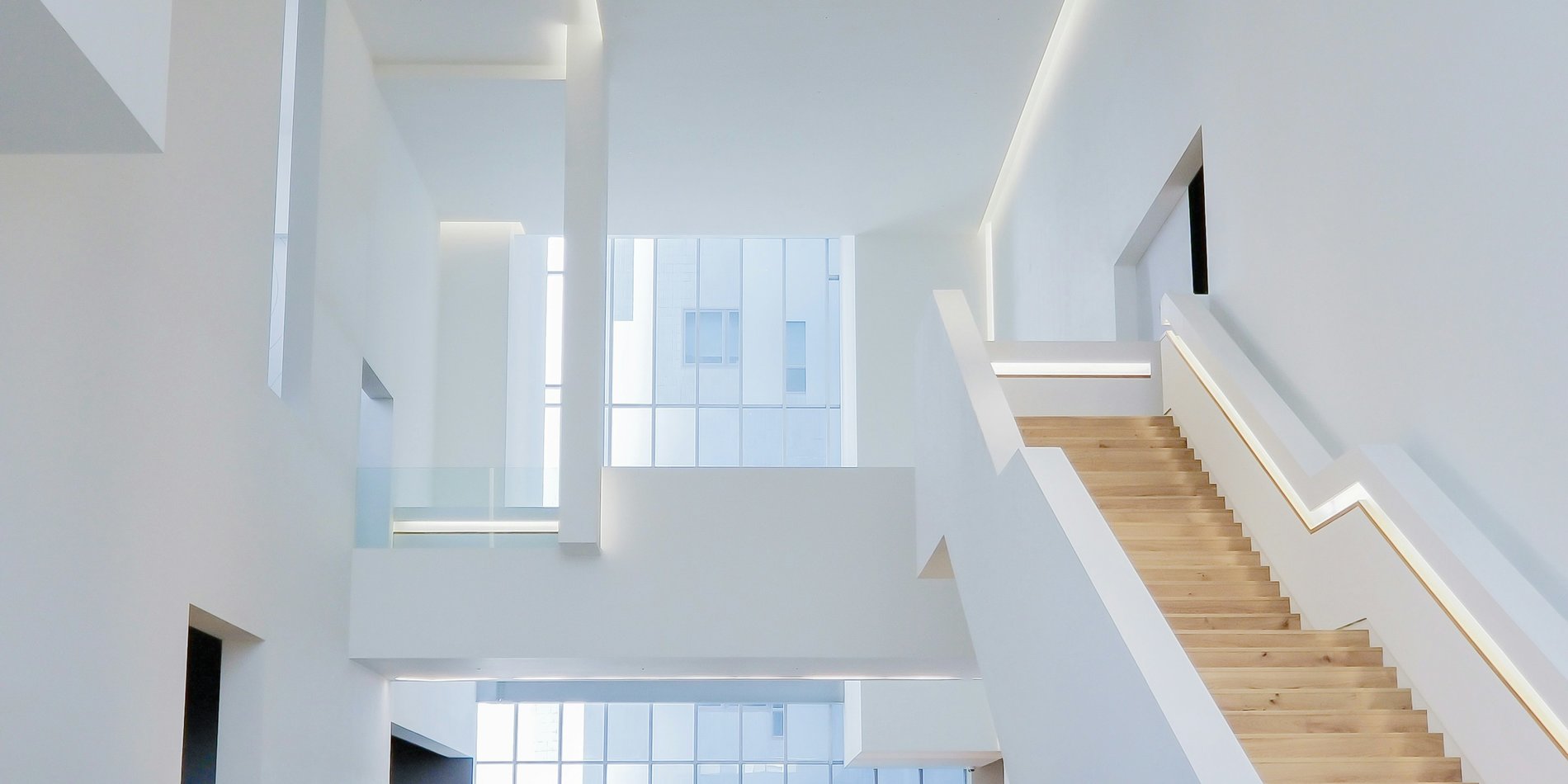AA 114Q: Large Spacecraft Structures
General Education Requirements
Course Description
In space, large structures are often advantageous – large solar arrays are required for collecting solar power and allowing spacecraft to operate in deep space, large diameter telescopes allow us to explore the origins of our universe, and large antennas allow us to track climate change and get large amounts of data back down to Earth. However, our ability to get large structures into space is limited by the size of modern rocket fairings, causing large space structures to be designed very differently from those on Earth. This seminar focuses on the design principles used by aerospace engineers to realize large space structures. Over the quarter, we will discuss techniques for deployable space structures folded on the ground and unfolded in orbit including origami, foldable thin structures, and inflatables. The seminar will also introduce students to current developments in space structures such as on-orbit assembly, in-space manufacturing, and reconfigurable space structures. We will examine the materials used in these structures, overview mathematical principles used for their design, and learn from past failures of deployable structures. The seminar will allow students to delve deeper into the concepts with hands-on experimentation, analysis of existing space structures (ex. James Webb, the ISS solar arrays, and CubeSat missions), and will allow students to practice written and oral communication skills.
By the end of the course students will be able to:
- Explain the need for large space structures
- Identify and compare the engineering approaches for the realization of large space structures
- Analyze the challenges associated with large space structures
- Design space structures using simple numerical models
Meet the Instructor: Maria Sakovsky

"I am currently an Assistant Professor in the Department of Aeronautics and Astronautics. My research explores the link between shape change in space structures and their functionality. My focus is on developing multi-functional composite materials and adaptive space structures to realize the next generation of spacecraft that are more lightweight, energy efficient, and can do more science. I have explored applications to deployable space structures, reconfigurable antennas, and soft robotics. Prior to joining Stanford, I worked at ETH Zurich and Caltech and collaborated with NASA JPL as part of the Europa Clipper mission."



